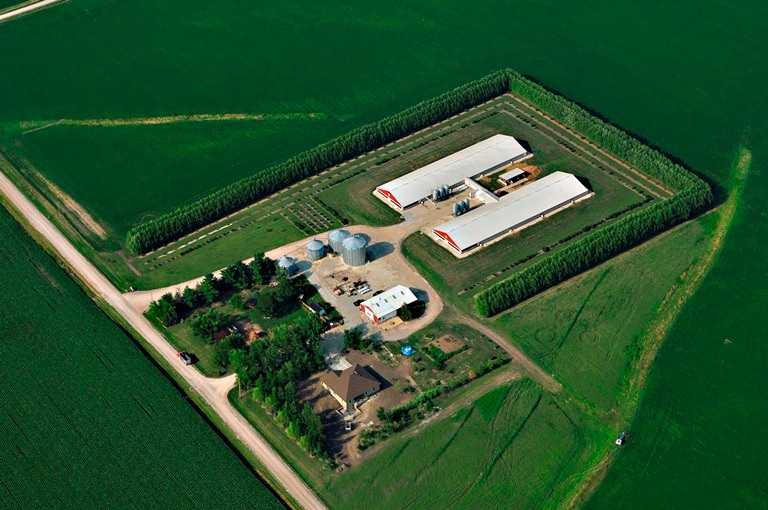Producers and their veterinarians sharing herd health information is proving to be valuable for the entire pork chain.

We are fresh off spending time with family over the recent Thanksgiving holiday, and hopefully, there was a lot of good table talk — how’s harvest going? How’d the corn yield? How’s school going? What do you want to do with your life? Can I have seconds? How are your hogs doing this year?
Though all important questions, that last one may need a little more time, elaboration and further discussion.
Any chain is only as strong as its weakest link, and that is true of the entire pork supply chain. Farmers have traditionally been reserved and private people. Hog producers have held that same quality, but the walls between us have slowly been coming down.
Producers and their veterinarians sharing herd health information are proving to be valuable for the entire pork chain. The late-Bob Morrison had the foresight of the great benefit that sharing swine herd health information across geographic regions when he started the Swine Health Monitoring Project in 2011 at the University of Minnesota. Sadly, Morrison is now gone, but his legacy lives on in the project that now bears his name.
The MSHMP started with three veterinarians reporting incidences of porcine reproductive and respiratory syndrome in their herds and has grown to almost 30 systems representing about 40% of the nation’s sow population voluntarily sharing health data with the industry. What also started as PRRS incidences reporting, the weekly report has evolved to include other pathogens of concern — porcine enteric coronavirus, Senecavirus and porcine epidemic diarrhea virus.
In addition to the MSHMP, there are Area Regional Control projects (some that feed data into the MSHMP) that are also collecting and distributing information about disease prevalence in specific areas.
A problem is, not all hog-producing regions are covered by an ARC, and as great of a resource that the MSHMP is, it still misses about 60% of the sow herd. Now, as I said, not all ARCs feed data into the MSHMP, so maybe the percentage of the sow population being tabulated is higher than 40%.
Regardless, what good is the information if it is not being shared? I realize it’s a challenge of time, effort and manpower to create, maintain and grow something like the MSHMP or an ARC for the national level, but it could be integral to promoting a healthy national swine herd. As we all know, hogs do not stay in one county, state or even country, so it is very important to monitor what is going on in other parts of your state and in other regions of the United States.
Communication can help strengthen the weakest link to improve the overall of the pork industry chain, so let’s keep talking.
About the Author(s)
You May Also Like



